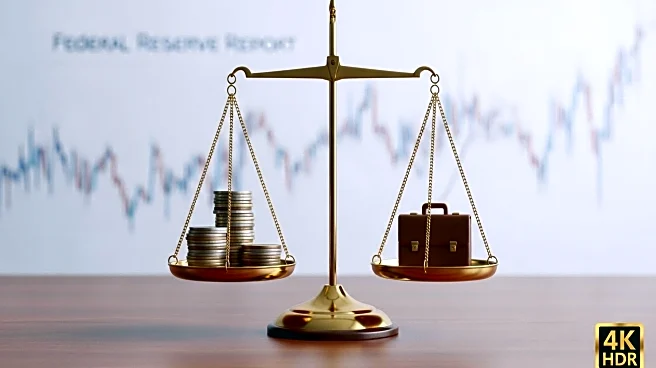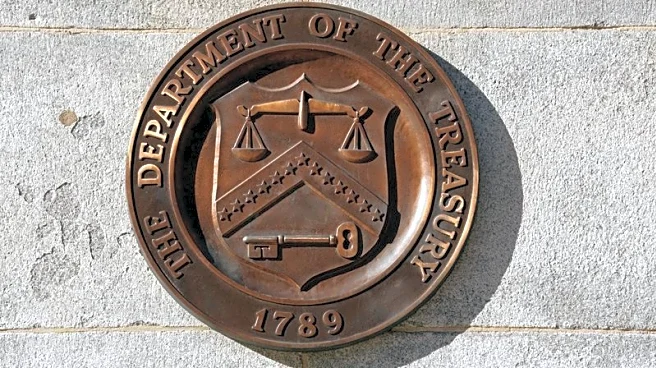What is the story about?
What's Happening?
Mortgage rates have decreased to an 11-month low, with the average rate on 30-year fixed home loans at 6.5% for the week ending September 4, down from 6.56% the previous week. This decline follows the Labor Day weekend and precedes the release of the latest employment data. According to Freddie Mac's chief economist Sam Khater, the drop in rates is increasing optimism among new buyers and current homeowners, as the opportunity to refinance expands. The share of mortgage applications for refinancing has reached nearly 47%, the highest since October. The market is currently in a wait-and-see mode ahead of the Department of Labor's jobs report for August, which could influence future rate trends.
Why It's Important?
The reduction in mortgage rates is significant for the U.S. housing market, which has been facing affordability challenges. Lower rates can make home buying more accessible, potentially increasing demand and stimulating market activity. However, persistent high prices and economic uncertainty continue to suppress demand, leaving buyers feeling sidelined. Sellers are also affected, as some have chosen to delist their homes rather than compromise on profit margins. Additionally, insurance-related financial burdens and climate-related risks are impacting housing markets, with over a quarter of homes facing severe or extreme risk from natural disasters, which could further influence buyer behavior.
What's Next?
The upcoming jobs report from the Department of Labor could impact mortgage rates further. A weaker-than-expected employment figure might fuel optimism for Federal Reserve rate cuts, potentially lowering bond yields and mortgage rates. Conversely, a robust jobs report could reinforce inflation concerns, increasing Treasury yields and pushing mortgage rates upward. This setup suggests potential volatility in mortgage rates, which could affect the housing market dynamics in the coming months.
Beyond the Headlines
The broader implications of fluctuating mortgage rates include potential shifts in buyer behavior and market strategies. Homeowners in high-risk areas may face elevated insurance premiums, which, combined with borrowing costs, could reshape demand patterns. The delicate balance between economic indicators and personal financial health continues to play a crucial role in determining mortgage rates, influencing both individual and market-level decisions.
AI Generated Content
Do you find this article useful?
















